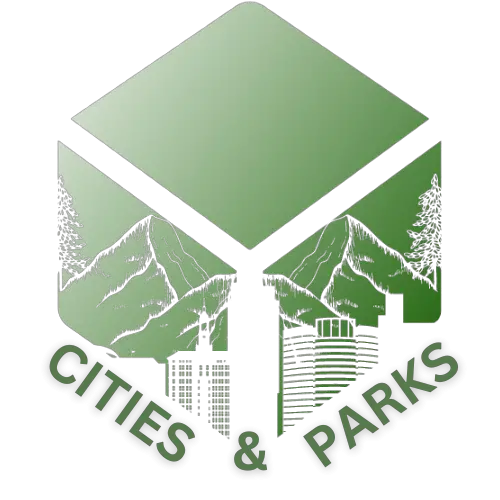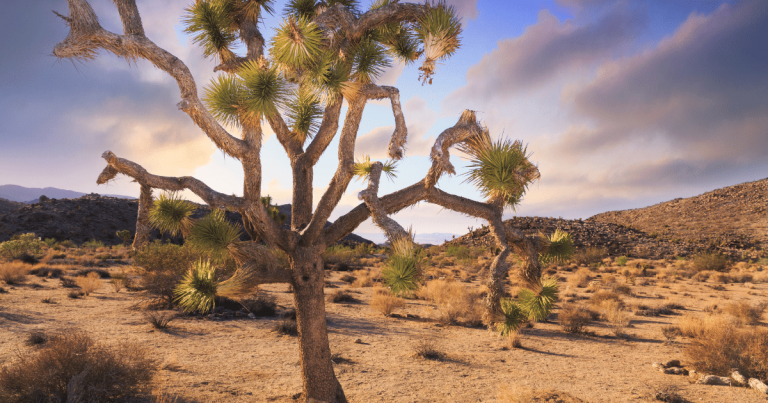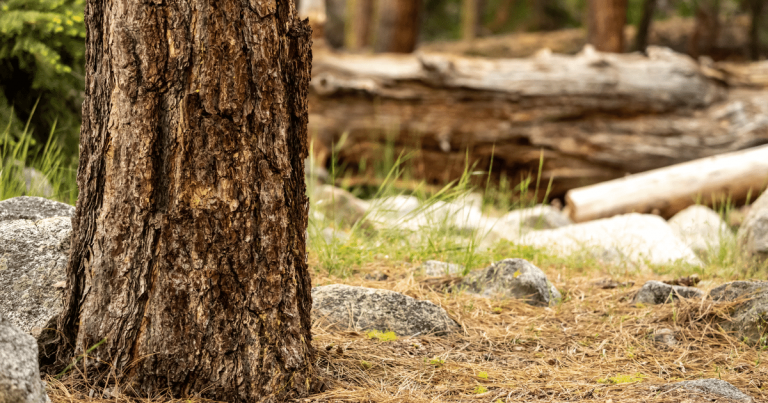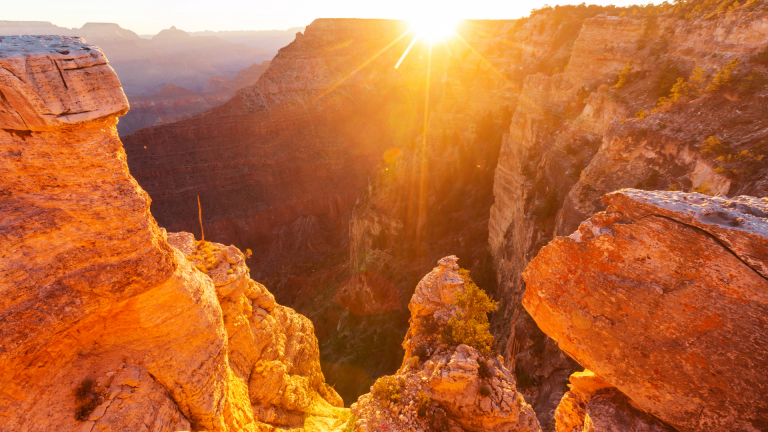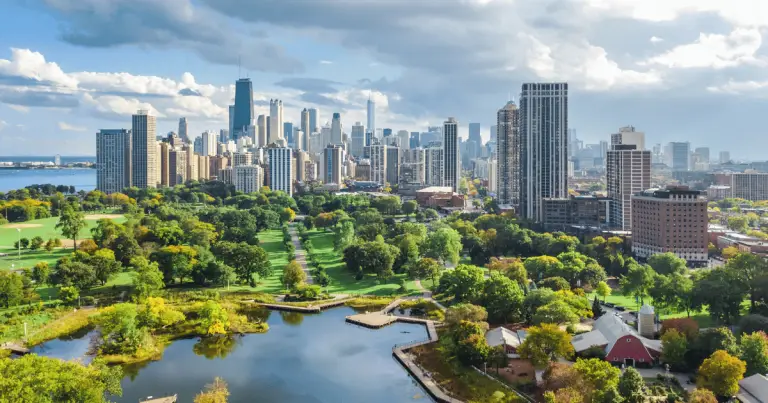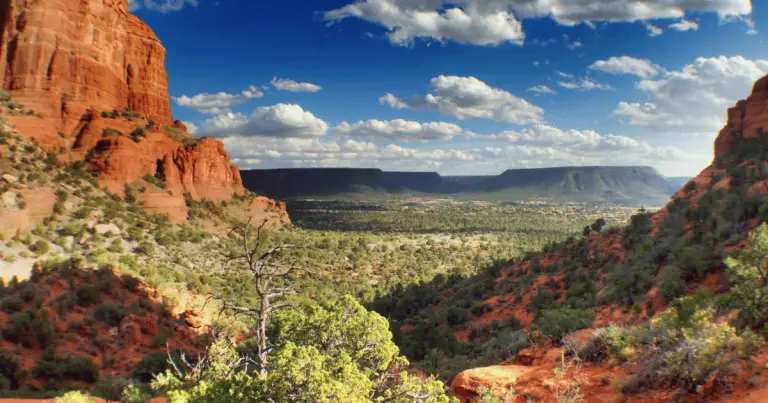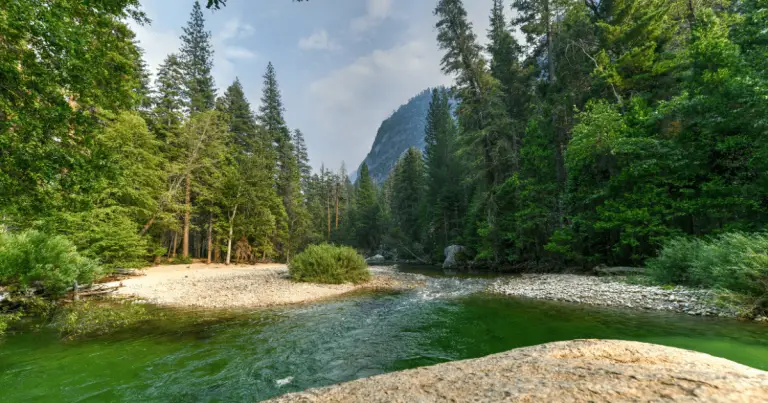Exploring the Majestic Roaring Mountain in Yellowstone National Park
Yellowstone National Park is famous for its hot springs, geysers, and other geothermal features. Among them is the Roaring Mountain, a place that boasts of natural power and beauty.
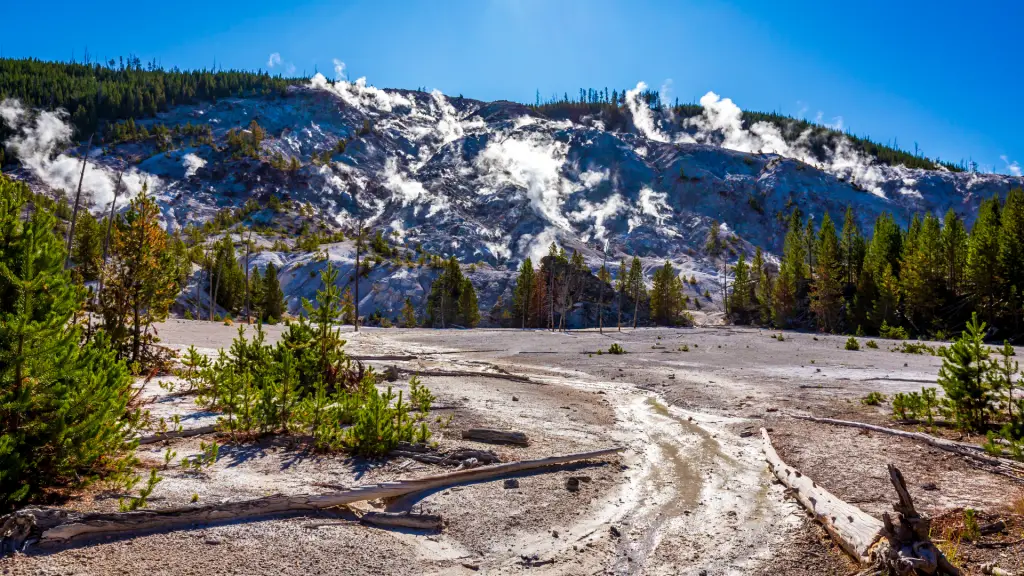
Roaring Mountain in Yellowstone, named for the eerie, loud sound it once made due to escaping steam, is a sight to behold. It offers a surreal, moon-like landscape, characterized by an array of steam vents, or fumaroles, scattered across a mountainside cloaked in a striking palette of thermophile bacteria. This geological marvel stands as a captivating reminder of the immense power of Earth’s inner heat, offering an awe-inspiring view and a fascinating insight into the planet’s geothermal workings.
The History of Roaring Mountain: A Journey Back in Time
Even before it was officially documented by explorers, Roaring Mountain on Yellowstone held significant importance for Native American tribes, such as the Crow and Shoshone, who had been living in and around the Yellowstone area for centuries. They revered the mountain and the surrounding territory, considering it sacred and using the geothermal features for both practical and spiritual purposes.
The first recorded mention of Roaring Mountain by a non-native came from the Washburn-Langford-Doane Expedition in 1870, the team that played a significant role in the establishment of Yellowstone as a national park.
An interesting event associated with Roaring Mountain is the story of mountain man ‘Liver-Eating’ Johnson, who is said to have taken refuge here while being pursued by a band of Blackfeet warriors. The mountain’s hostile environment and geothermal features allegedly provided him with a strategic advantage, allowing him to evade his pursuers.
Navigating the Wonders of Roaring Mountain: Unearthing Yellowstone’s Geothermal Crown Jewel and Your Route to Discovery
Roaring Mountain was formed due to Yellowstone’s location above a volcanic hotspot, which has been active for millions of years. The immense heat underneath the park’s surface powers the geothermal activity that created Roaring Mountain. This heat energy is so significant that it can melt rocks, creating magma that rises near the surface. When groundwater seeps into the ground and comes into contact with the heated rocks, it creates steam, which then escapes through vents or fumaroles, resulting in the unique geothermal activity observed at Roaring Mountain.
Roaring Mountain is an integral part of Yellowstone National Park’s geologic story, representing the raw, volatile nature of the land. Its constant steam emissions serve as a visual and auditory reminder of the active volcanic processes occurring beneath the surface. This makes it a popular attraction among tourists and geology enthusiasts alike, providing a unique opportunity to observe and understand Earth’s geothermal dynamics.
The park’s infrastructure allows for easy accessibility to Roaring Mountain from various points:
- From Mammoth Hot Springs: If you’re starting at Mammoth Hot Springs, travel south on the Grand Loop Road for approximately 21 miles. Roaring Mountain will be on your right.
- From Norris Geyser Basin: If you’re at Norris Geyser Basin, travel north on the Grand Loop Road for roughly 4.5 miles. Roaring Mountain will be on your left.
- From Tower-Roosevelt Junction: If you’re coming from Tower-Roosevelt Junction, take the Grand Loop Road for about 18 miles heading south. You will find Roaring Mountain on your right.
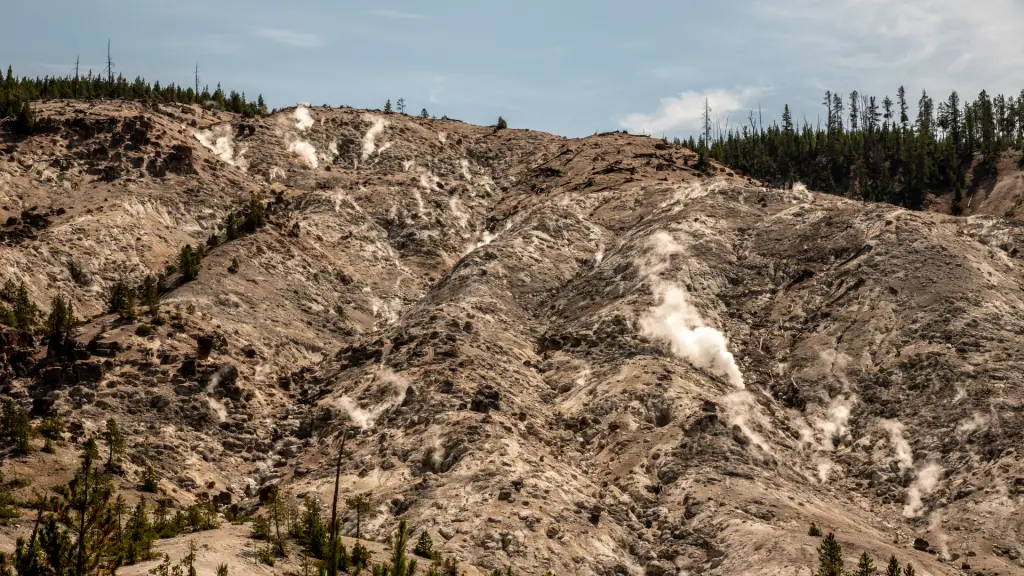
Visiting Roaring Mountain: Tips and Guidelines
Exploring the geothermal wonders of Roaring Mountain is an unforgettable experience, but it’s important to plan ahead and follow park guidelines to ensure a safe and enjoyable visit.
Park Regulations: Yellowstone National Park has regulations in place to preserve its natural beauty and ensure visitor safety. Respect the wildlife by maintaining a safe distance, and remember that feeding animals is strictly prohibited. Stay on the boardwalks and trails in thermal areas; the ground can be fragile and dangerous due to the heat below.
Safety Tips: Always stay on designated paths, as the soil near geothermal features can be hot and unstable. Be aware that steam from the fumaroles can be extremely hot and can change direction with the wind. Ensure that you carry enough water, wear sunscreen, and have a map of the park – it’s larger than you might think!
Seasonal Considerations: Roaring Mountain is accessible year-round. However, due to the park’s high elevation, weather can change rapidly, and winters can be extreme. Always check current conditions and forecasts before setting out. In winter, the road to Roaring Mountain is typically closed to regular traffic but open to guided snow coach or snowmobile tours.
Hiking Trails around Roaring Mountain: Embark on an Adventure
Expanding your exploration of Roaring Mountain, there are several hiking trails in the vicinity that promise to add an extra dimension to your visit. These trails range from easy to moderate in terms of difficulty and showcase Yellowstone’s diverse landscapes. Here are some of the notable ones:
- Bunsen Peak Trail: Embarking from the Golden Gate area, this 4.6-mile round-trip trail is rated as moderate. As you ascend the 1,300 feet to the top of Bunsen Peak, you’ll be treated to panoramic views of Roaring Mountain in the distance. This trail can be completed within 2 to 3 hours and is best enjoyed from May until October.
- Howard Eaton Trail: Spanning 3.8 miles round-trip from Norris Campground to the Twin Lakes, this trail is an easy hike, perfect for families. Along the trail, you will catch glimpses of Roaring Mountain as well as an array of Yellowstone’s distinctive wildlife. Plan for about 2 hours to complete this hike.
- Ice Lake Trail: This 1.2-mile round-trip trail begins near Norris Geyser Basin. Rated as easy, this peaceful trail leads you to the serene Ice Lake, offering views of Roaring Mountain along the way. The trail takes approximately 1 hour to complete, making it an excellent option for those short on time.
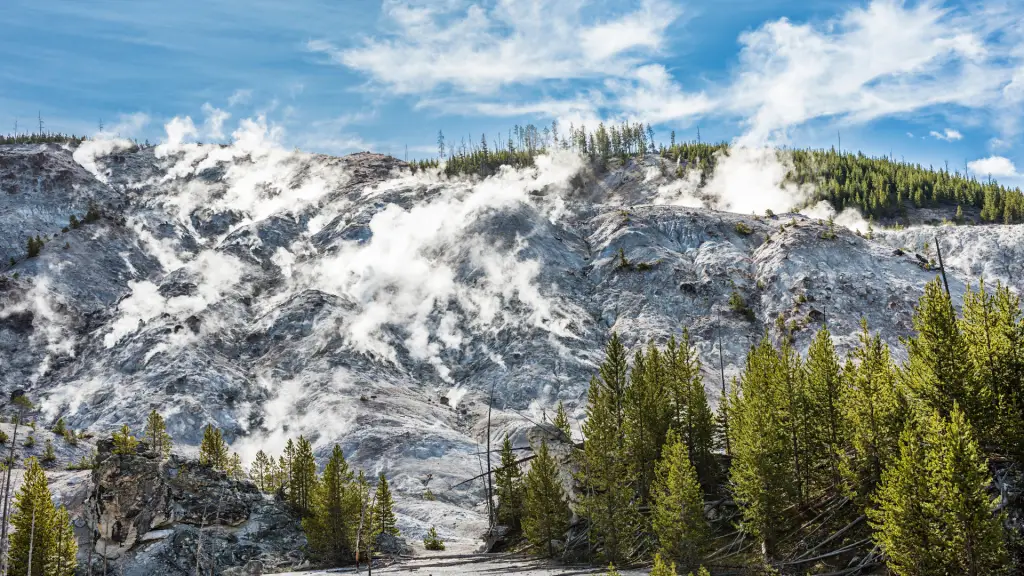
Camping Near Roaring Mountain: Unwind Amidst Nature’s Splendor
For those looking to extend their adventure in Yellowstone National Park, camping offers an excellent way to immerse oneself in the park’s natural beauty. Here are some of the campgrounds located near Roaring Mountain:
- Mammoth Campground: Located about 21 miles north of Roaring Mountain, Mammoth Campground is the only park campground open year-round. It offers 85 sites, all of which are available on a first-come, first-served basis. Amenities include potable water, flush toilets, and a dump station. The campground is also conveniently located near the Mammoth Hot Springs Terraces and the Albright Visitor Center.
- Norris Campground: Just 4.5 miles south of Roaring Mountain, this campground has 100 sites available for tents and RVs, with a few select sites available for large RVs. Facilities include potable water, flush toilets, and picnic tables. Reservations are not accepted; all sites are first-come, first-served. The proximity to Norris Geyser Basin adds another element of exploration to your camping experience.
- Tower Fall Campground: Approximately 18 miles north from Roaring Mountain, this campground has 32 sites and offers a more rustic camping experience. Facilities include vault toilets and potable water. All sites are available on a first-come, first-served basis. The campground’s location is ideal for those wanting to explore the Tower area of Yellowstone, including Tower Fall and Lamar Valley.
Frequently Asked Questions about Roaring Mountain, Yellowstone
Is there a fee to visit Roaring Mountain?
The fee is included in the entrance fee to Yellowstone National Park. As of 2022, the entrance fees are as follows:
- Private, non-commercial vehicle: $35. This pass is valid for seven days.
- Motorcycle or snowmobile: $30. This pass is valid for seven days.
- Individual (by foot, bicycle, etc.): $20. This pass is valid for seven days.
Please note that the fee structure is subject to change.
Are pets allowed at Roaring Mountain?
Pets are not allowed on any of the trails or boardwalks in Yellowstone National Park, including Roaring Mountain. They are only permitted in developed areas, like campgrounds and picnic areas.

Final Thoughts
Roaring Mountain in Yellowstone National Park is truly a testament to the untamed beauty and raw power of nature. Its geothermal wonders, the enveloping tranquillity, and the surrounding trails and campgrounds offer visitors an unparalleled opportunity to connect with the environment and create lasting memories. Whether you’re an avid hiker, a nature photographer, or simply someone seeking solace in the heart of nature, Roaring Mountain offers an unforgettable journey. Plan your visit, respect the park’s regulations, and immerse yourself in the enchanting wilderness of Yellowstone.
